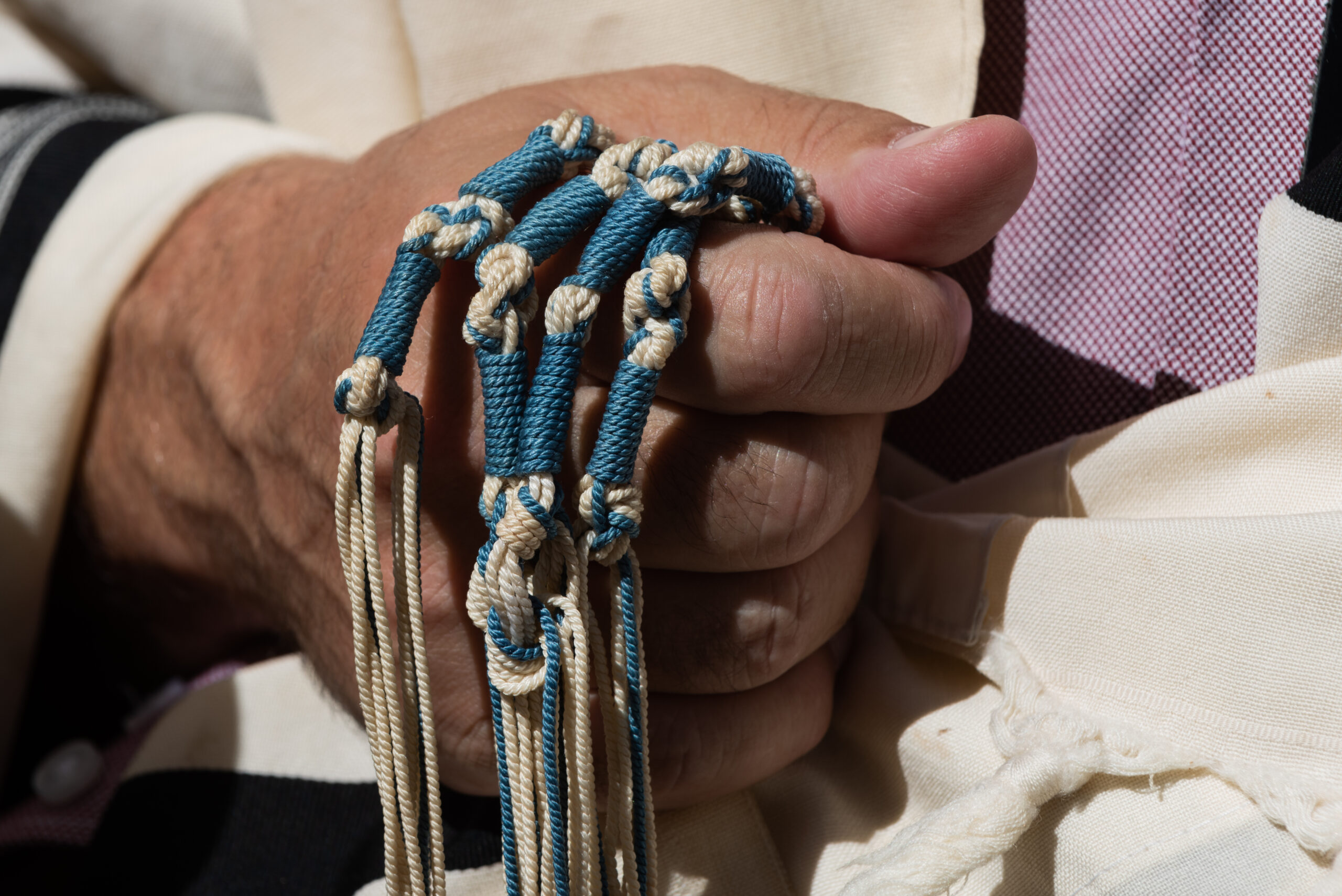We have historical evidence for ancient Israelites indeed using blue dye in their garments, by extracting it from a type of snail, and following the commandment of tekhelet. However, the Roman empire had restricted blue dye during the occupation of Judea, and particularly after the destruction of the Second Temple. Later, the Arab conquest of Israel in 639 CE is believed to have completely forced an end to the dyeing industry in Israel.
With this, the formula for the dye was lost, and Jews around the world had settled on using all-white fringes on their ritual garments in honor of the original commandment.

But, modern history has seen a resurgence of interest and significant discoveries regarding tekhelet, particularly in the Land of Israel!
After centuries of dormancy, the quest to revive the ancient tradition of tekhelet gained momentum in the late 19th and early 20th centuries. In the 1880s, Rabbi Gershon Chanoch Henech Leiner of Radzyn, also known as the Radzyner Rebbe, proposed a theory linking the "chilazon," or the source of tekhelet, to a specific species of mollusk.
Other rabbinic scholars confirmed this theory, and in the late 20th century, advancements in marine biology and historical research propelled the investigation forward. Israeli scientists investigated the proposed snail, and eventually found a way to extract a rich blue dye using a combination of scientific and halachic methods!
Subsequent years saw further breakthroughs and concrete evidence that this species of snail could indeed produce tekhelet. By the early 21st century, tekhelet research foundations in Israel had perfected the process of extracting tekhelet dye from the Murex snail and began producing it on a larger scale. In 2004, tekhelet tzitzit strings were introduced to the market, offering Jews worldwide the opportunity to fulfill the commandment of wearing tekhelet in their tallit or tzitzit.

The revival of tekhelet in modern times represents a remarkable convergence of scientific research, historical scholarship, and religious devotion. It stands as a testament to the enduring legacy of Jewish traditions and the ongoing quest to preserve and revitalize them in the contemporary world.
Connect with ancient Jewish history and modern Israeli innovation by purchasing Israeli tekhelet right on our site!
And wear your Judaism loud and proud with a traditional tallit or a meaningful Jewish shirt designed right in Israel.



















